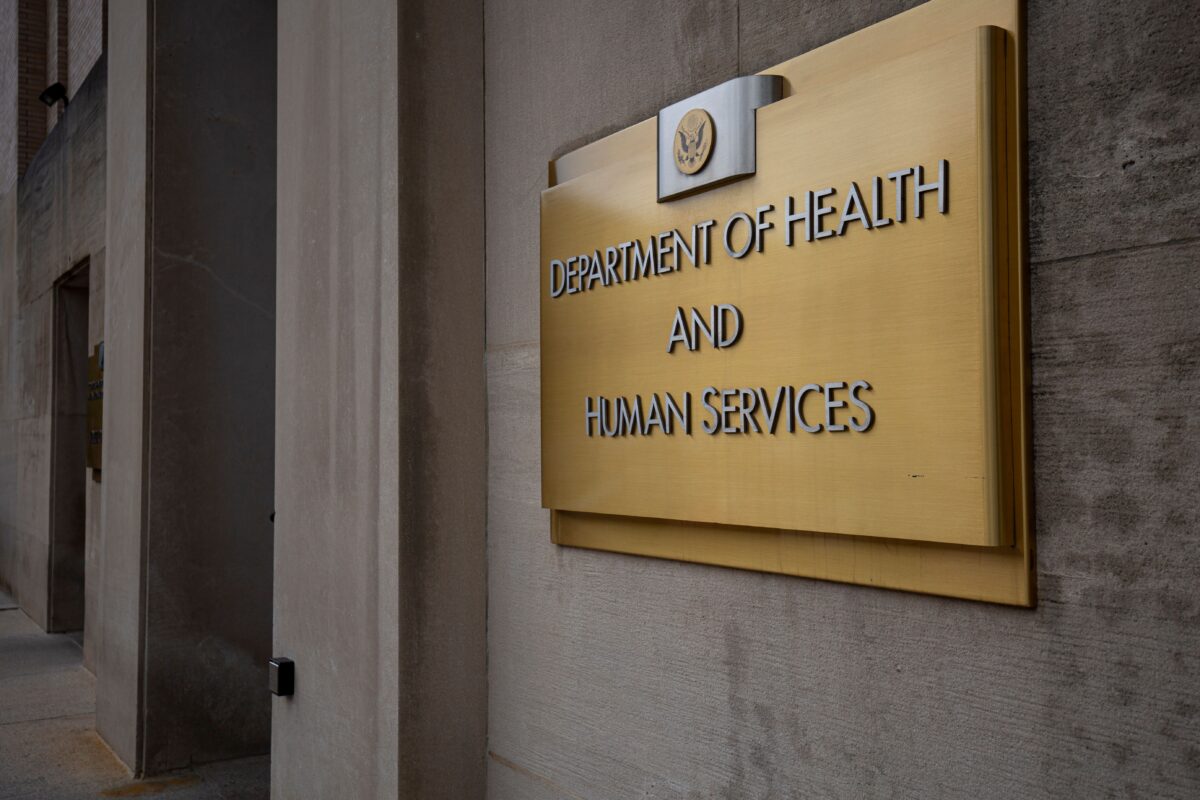


Up to 15 million Medicaid beneficiaries could lose coverage as pandemic subsidies dry up by the end of the year. State officials say eligible recipients should contact their state Medicaid office to ensure their coverage isn’t interrupted.
“There are substantial protections in place,” said Brian Blase, founder and president of Paragon Health Institute (PHI), a nonprofit, nonpartisan research institute that evaluates government programs and develops policies.
PHI sponsored a June 27 webinar titled “Medicaid Redeterminations: Setting the Record Straight.” The webinar featured Kelly Garcia, director of the Iowa Department of Health and Human Services, and Janet Mann, deputy director of health and director of state Medicaid for Arkansas. They discussed their states’ plans for reducing the Medicaid rolls.
Both said their states have campaigns to reach out to people who may lose their coverage. An essential first step in protecting that coverage is to read the mail, they said.
Mann said some enrollees have heard that President Joe Biden declared the public health emergency that authorized the extra funding is over. They expect the Medicaid rolls to be thinned and fear losing coverage even though they still qualify, so they ignore the notices they receive in the mail.
Others know they are no longer eligible because they have employer coverage or make too much money. They see the mail from the state and toss it out.
“You know, it’s human nature. I’ve got a piece of mail. This doesn’t apply to me anymore. We’re going to throw it away,” Mann said.
Both officials said the states aren’t just depending on the U.S. Postal Service to get the message out.
The Arkansas Department of Human Services has posted a banner on its webpage directing people to information on the Medicaid changes. Garcia said Iowa has a dashboard on its page providing important Medicaid information to keep the public aware.
Both said they are using social media, email, and contacting health care providers, vendors, and local government offices to get information to affected Medicaid enrollees. Garcia said her agency has even contacted a popular grocery store chain, Hy-Vee, that has stores in many rural areas.
“It’s in every small town in Iowa. So we spend a lot of time talking with Hy-Vee as they tend to be kind of a trusted ambassador of communication on the ground level in rural communities,” Garcia said.
Determining eligibility entails providing information such as addresses, employment status, and income, among other factors. Ineligible people can seek coverage through their state’s health insurance marketplace, purchase a private policy, or check into group insurance through their work.
The main reasons for ineligibility are income or the recipient already having coverage.
Blase said disenrolling ineligible persons makes resources available for those who genuinely need them. It can also free up tax money for other needs or reduce the taxpayers’ burden.
Iowa and Arkansas started reviewing their rolls in April.
Garcia said 80 percent of those removed from the Medicaid rolls in April and May already had health insurance. So far in June, she said it’s 34 percent. They pointed out that there are protections for people who are disenrolled incorrectly.
Blase pointed out that hospitals operate on the concept of presumptive eligibility. This means a person can apply for coverage when they arrive for treatment, and the hospital will provide care based on the idea that they are eligible.
Medicaid also offers retroactive eligibility. Under this procedure, a person can apply for Medicaid when they are being treated. Medicaid will cover that treatment plus any care from the previous three months if eligible.
Finally, if a person is determined to be ineligible, they can appeal that decision.
“We have a very robust appeals process on the state level,” Garcia said.
According to the Congressional Budget Office (CBO), the number of people covered under Medicare and Medicare reached historic highs in May 2023. This is mainly due to policies put in place during the pandemic.
Those policies provided increased funding to states that did not cull their roles of ineligible recipients for at least three years.
All states have been instructed to develop plans to reduce the rolls in line with the decreased funding by removing ineligible beneficiaries. According to PHI, Oregon is expected to be the last state to complete thinning its rolls by October.
The end of the pandemic subsidies doesn’t mean the end of all subsidies.
“Medicaid enrollment grew from 60.5 million in 2019 to 76.6 million in 2022. In 2023, Medicaid covers 28.1 percent of the under-65 population, and subsidized marketplace plans cover 5.2 percent. Employment-based insurance covers more than half (57.3 percent) of that population,” According to a May 24 statement on the CBO website.
The CBO reported that 2023 federal health care subsidies for people under 65 totaled more than $1 trillion. That is expected to grow to about $1.6 trillion by 2033 annually, the CBO said. This comes to about 4 percent of gross domestic product.
“Over the 2024–2033 period, subsidies are projected to total $12.5 trillion,” the CBO website reads.
Employment-based coverage will take 40 percent; Medicaid and the Children’s Health Insurance Program, 39 percent; Medicare, 13 percent; and insurance from the marketplaces or the Basic Health Program, 8 percent.



